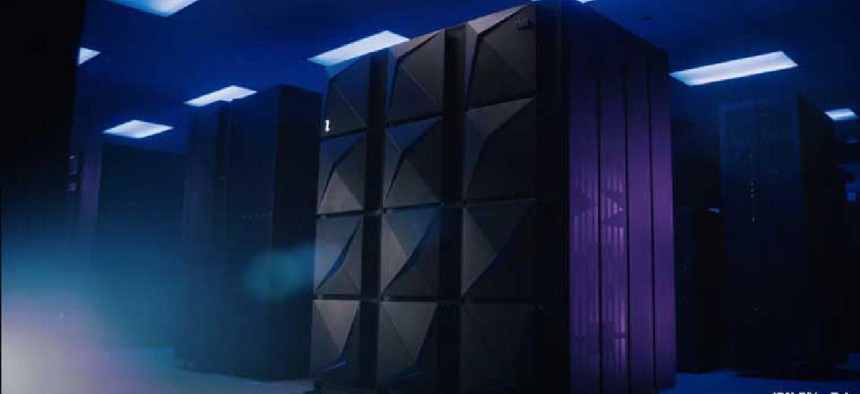How legacy systems are helping states weather the pandemic


Connecting state and local government leaders
The states that can handle the increasing workload without system outages or other problems are the ones that properly leverage their existing infrastructures.
As the CIO of a global company with 1,500 employees, I’ve been reading many articles about how technology is helping organizations get through this phase of the pandemic -- or in some cases, unfortunately, letting them down. I’ve lost count of how many times I’ve read about “the new normal” or seen references to “the challenges ahead.” But while this is a difficult time for all of us, I’ve been amazed by how well most government agencies at all levels have been coping with demand that far exceeds anything ever anticipated. At the heart of that success are some of the most reliable systems and platforms ever built.
Welcome to the world of legacy computing systems.
I know that’s not the first thing that people want to hear right now, but hear me out. We’re looking at record levels of demand for state services -- everything from requests for tax relief to unprecedented numbers of unemployment claims. It’s fair to say that every state IT department is working 24/7 right now to keep up with demand. Just about all of them are using mainframes (typically IBM Z systems) or other large-scale enterprise servers to handle the workload -- and most aren’t having any issues. That’s because these computers were designed for precisely this kind of quick scale up, and they can handle billions of transactions a day, which typically is far more than any single state (or even a whole country) can require.
So, why are some states having problems? Before I answer that, it’s important to get some misconceptions out of the way. For starters, even though some of these so-called legacy systems have been around for decades, it’s not like the computers themselves are antiques. There’s no gnarled 90-year-old in a starched white shirt and a green visor feeding punch cards into a hissing, room-sized steampunk contraption. Most states are using machines that are less than five years old -- IBM, for its part, continues to modernize and improve the platform: The latest generation of IBM’s Z series mainframe, the Z15, was released late last year, less than three years after the release of the Z14. Some states have actually purchased these brand-new mainframes and other large systems in the last year.
The other big misconception -- fueled by stories of articles about the nation’s “eight-track infrastructure” -- is that legacy systems are somehow hard to use or maintain. In fact, anyone who can program a computer can program mainframe applications. Want proof? Two years ago, more than 18,000 college students participated in a global mainframe challenge, despite none of them having ever worked on a mainframe before or knowing COBOL (the language typically associated with mainframe programming). In fact, most of the modern programming languages that today’s students learn in classrooms, including C, C++ and Python, are fully supported by the mainframe.
Now, welcome to the world of modernization where legacy systems work like Windows/Linux systems thanks to interface modernization apps that turn old-style green-screen interfaces into contemporary HTML5 GUIs. This modern environment has ported open-source tools that let people program any computer in any language, including Python, and supports mobile applications and real-time analytics via application programming interfaces. Modern mainframe computing is about letting legacy systems integrate into hybrid-cloud environments. And, of course, it’s about training. IT staff must know how to use all of these modernization tools so they can get their work done. All of that takes investment and, as we all know, funds to implement any tools (much less ones for modernizing legacy systems) can be hard to come by.
The states that are passing the COVID-19 test with flying colors are the ones that have stayed ahead of the curve. And when peak demand hit, they were ready for it.
So, what does all of this mean for the future? We’re currently entering the taper-down period -- at least for this first wave of COVID-19 -- and while no one knows what the future will look like, it’s a safe bet that state governments will be plenty busy for the next few years as the economy comes back to life. It’s no secret that the technology world is being tested like never before, as employees work from home and governments are being asked to provide unprecedented levels of support and services. The states that can handle this workload without system outages or other problems are the ones that properly leverage their existing infrastructures to get the job done.




